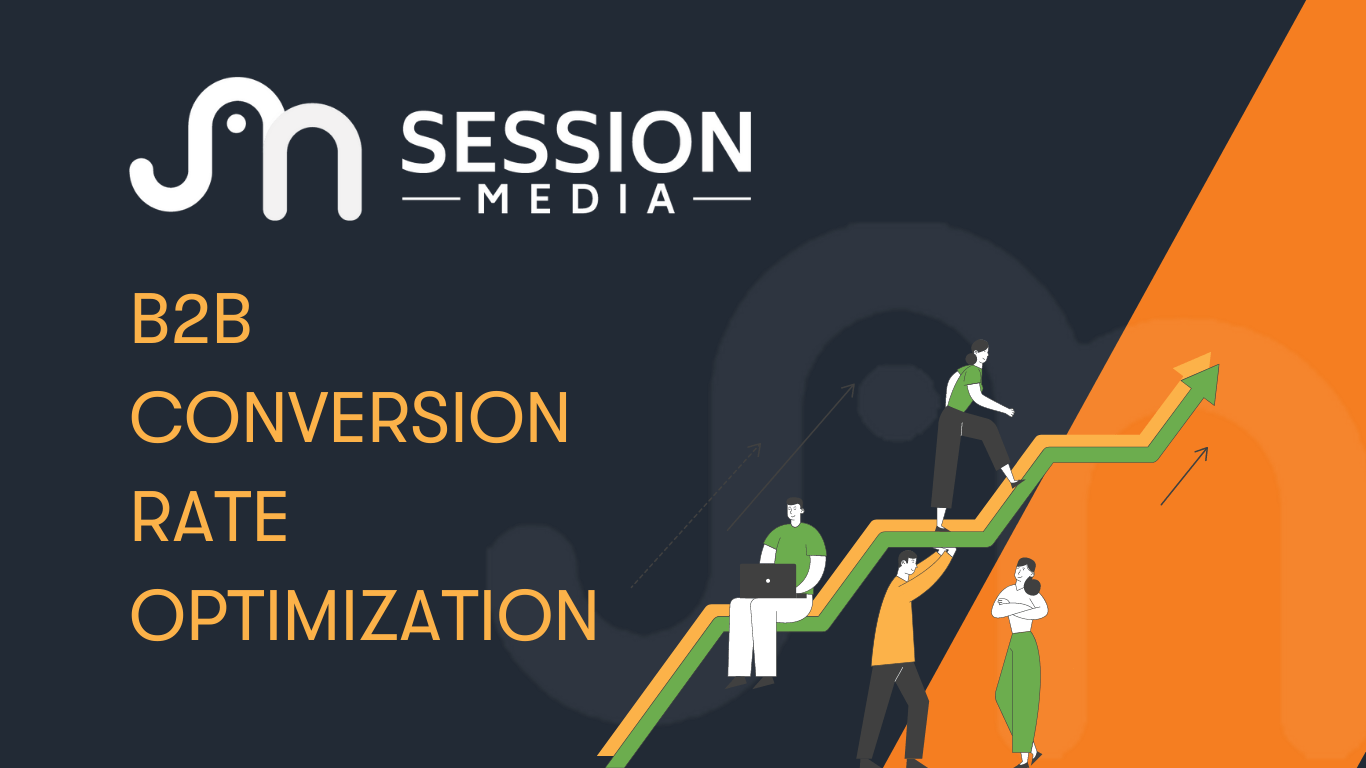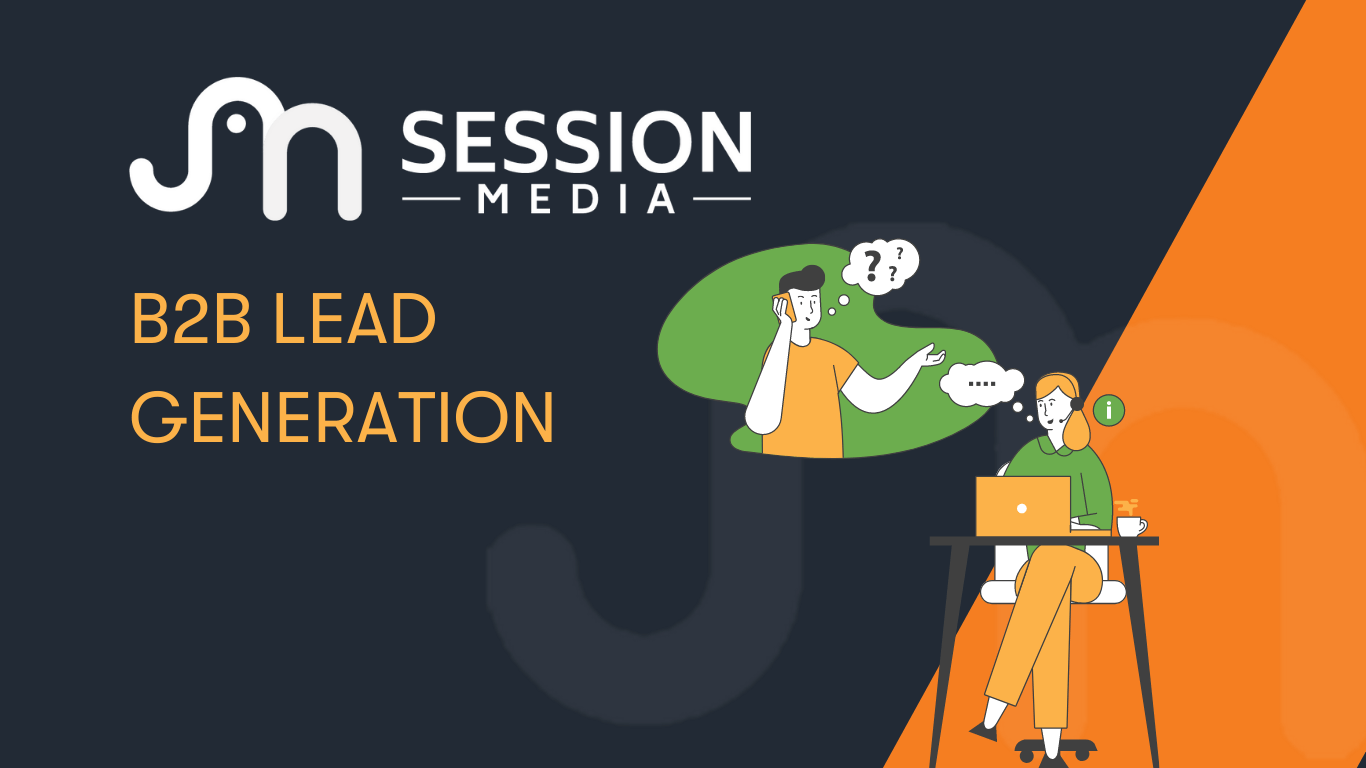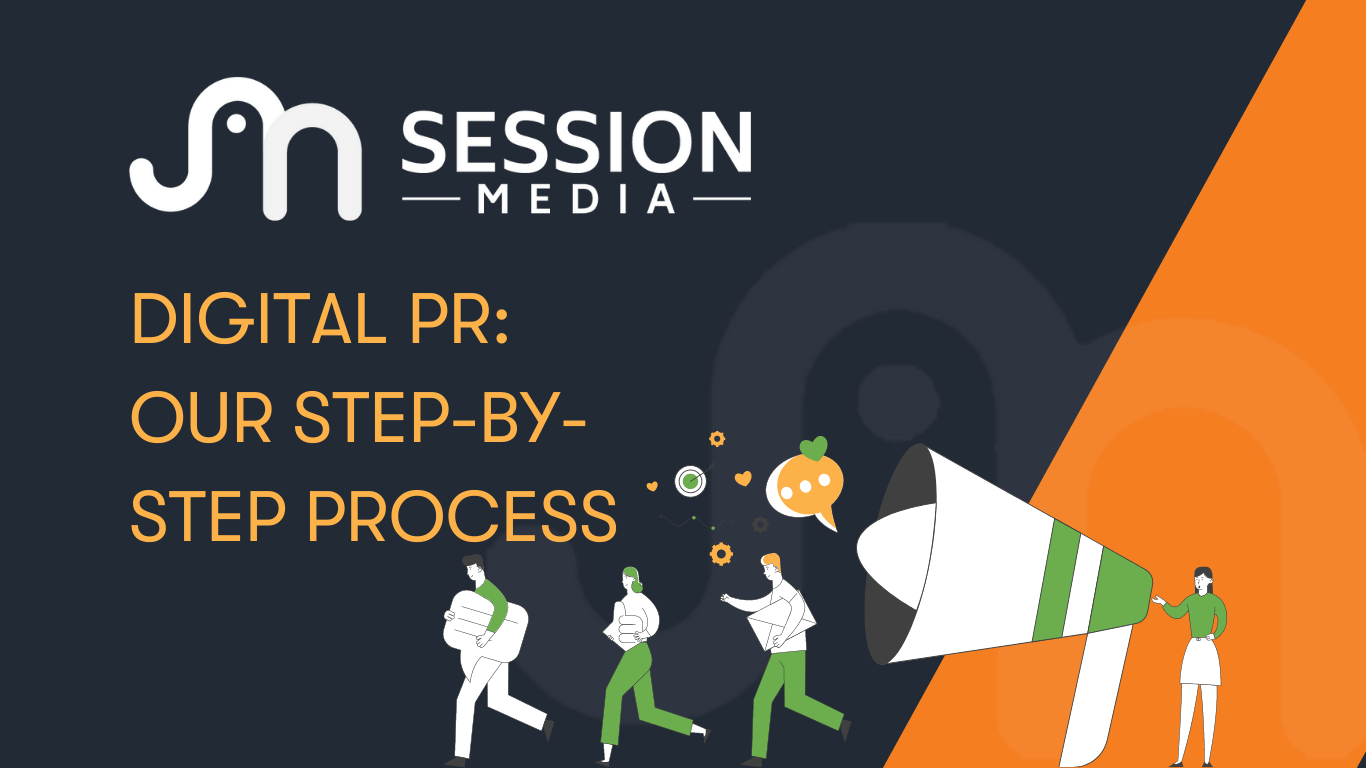Since the 23rd March, the country has been on official lockdown and along with it many B2B marketing budgets.
The coming months will see some pain from businesses losing contracts and sales, which will result in freezing all ‘unnecessary’ spend. And unfortunately, Marketing often falls within this category and becomes one of the first areas to cease.
While the knee-jerk reaction to reduce rather than produce marketing kicks in, it provides a great opportunity for B2B brands who continue to market effectively online.
The State of B2B Marketing Spend
Before we look into actionable digital marketing strategies during this period, we first need to look at the current allocation of B2B marketing budgets:
- Nearly 50% of B2B companies invest 10% or more of their annual budget in marketing
- Upward of 40% of B2B marketing budgets are spent on industry/trade shows (Marketing Charts)
These figures contextualise the massive B2B investment in face-to-face events. And with the temporary halt of the offline event industry, there’s going to be a surplus of cash available for companies to allocate to other activity to remain relevant and continue to drive business through the door.
For many B2B companies, this could be their first step from traditional marketing to digital marketing.
Persona Shift – To An Industry Focus
Industry-focused personas are the first step in altering your digital marketing efforts. If you generally target company size, roles, demographics and behavioural traits, now is the time to apply each of these personas to target industries.
The reality is that there are a lot of industries that won’t have the cash flow during these uncertain times to invest in your products or services, so you’ll need to focus on the industries that are geared up to assist people with self-isolation and remote working.
A few examples:
- VoIP and Connectivity Solutions
- Cyber Security/Cloud Computing
- Project/Time Management Tools (and other SaaS Software)
- Online Courses / Certifications
If you’re unsure of the thriving sectors that may need your company’s support, you can use Google Trends to gauge the consumer interested for each industry. If you see a sudden peak in March 2020, you know the demand for that product or service is out there.
Pivot Your Marketing Strategy
So you’ve identified a list of industries you believe your offering would be perfect for.
What are the best channels to start gaining B2B exposure in a world of social distancing?
Search Ads (Google / Bing)
There’s a lot to love about Google Ads, but the most relevant during this period is that if demand drops, so does ad spend. So even if there is a decrease in the number of people searching for your product or service you only pay for the clicks and exposure you get.
The above companies are still utilising PPC and are only paying when someone is physically looking for the software they sell. Clicks may go down, but the key metric of success is Cost Per Acquisition (CPA). Even if you’re only driving 50% of the traffic you were, if you can keep a strong CPA through this period you will come out the other side as a market leader.
The other advantage for Google Ads users is Cost Per Click (CPC) isn’t determined by Google, but by the market. So if fewer people are advertising then the average amount you’ll be paying per click will be lower than usual – opening the door for a decent ROAS if the account is structured correctly.
The PPC Pivot
There will be many industries where continuing the same PPC strategy as before will not attain the required result. An alternative approach PPC during this period of uncertainty is utilising a ‘2-step’ PPC strategy.
The premise of the ‘2-step’ PPC approach is around lowering the ‘investment’ of your call-to-action, whilst still keeping your keyword targeting ‘high intent’.
For example, there will be IT teams looking to increase their Cyber Security investment during this period of remote working. However, there may also be more window shoppers than ever before, meaning your conversion rate for ‘request a quote’ may go down.
Instead, B2B brands need to evaluate how they can pivot their messaging to develop a relationship through PPC that their traditional strategy may have missed.
You can see a brand bidding on a high intent term ‘Cyber Security UK’, but instead of going for the jugular with the sale, they are providing value. This makes the choice a lot easier for those who are yet to have that ‘first touchpoint’ with a brand.
Not only will it capture leads the other ads won’t, but it also allows them to gain credibility by showcasing industry knowledge.
Furthermore, once the prospect has downloaded the whitepaper, your sales team is still able to get in touch to ignite that conversion around their needs and next steps. First-touchpoint selling and ‘Low-hanging fruit’ leads will be the first to disappear across a number of industries, so brands need to get creative and think ‘how can I start this conversation’.
Display Advertising
Display advertising refers to targeting relevant messages at users with certain demographic or behavioural traits. And whether we’re talking about Google’s Display Network or LinkedIn Ads, during this period there are a few key changes that will make your Display advertising more effective.
First, we need to address targeting. Earlier we spoke about amending general personas to align with industries geared towards online working. This alteration needs to be carried through into your display campaigns.
This hyper-targeting means you are able to get relevant messages in front of your ideal demographic within targeting industries.
In GDN (under ‘Audience’) you can choose ‘in-market segments‘ to target which allow you to only get your message in front of users who would be interested in your service or product during this period.
Similarly, you can pivot your general ‘Job Title’ LinkedIn ads, towards Job Titles in Specific industries.
To take things one step further, if you are promoting a whitepaper, ebook or video now is a great time to tailor the front cover for each ad ‘Job Title’ + ‘Industry’.
For example, we would repurpose our ebook to read: ‘The Marketing Managers Guide to SEO for SaaS companies’.
Whether it’s to a brand new audience or a remarketing list, your MQL conversion strategy will improve dramatically.
When it comes to Display messaging, depending on the industry you operate in there several avenues you can explore and test engagement with different types of content:
- Actionable business advice – like this article.
- Upskilling – offering resources or content which help them improve professionally.
- Humour/well-being /support – which makes their life easier.
With long B2B buying cycles, display advertising is not the channel to sell your product but create a mutually beneficial connection that opens the doors to bigger conversations.
Search Engine Optimisation (SEO)
The above pay-per-click strategies act as a great immediate response to the current climate and offer tangible benefits. B2B SEO, on the other hand, is both the enemy and secret weapon during the next 12 months.
It’s the enemy because it’s a long-term strategy, however, this also plays into why it’s a secret weapon.
Being one of the most obvious channels to cut many companies will take their foot off the pedal with SEO activity. In the short-term, while consumer confidence in B2B is low, there may not be a large difference in the tangible leads generated through organic search results. However, the large opportunity lies 3-6 months down the line.
Focusing on improving search visibility while others turn off their activity opens the door for medium-sized companies to outperform market leaders. By the time they turn their SEO machine back on, they’ve lost the 3 months others have used to focus on creating content and building authority – resulting in a 6-month deficit.
From link velocity to identifying long-tail keywords, companies who start or keep up SEO spend will be in a great position to secure a strong Q3&4 when normality resumes. Unlike PPC, ‘turning off’ SEO can have long-lasting implications for your online presence.
Conclusion
There’s an understandable hesitancy towards B2B marketing spend, but if done right B2B brands will be able to maintain relationships, create new contacts, genuinely help people and in some cases see a continuous flow of business.





